One of the reasons I love travelling in Europe is a train trip anywhere seems far easier than flying. And with high-speed trains like the Eurostar and TGV, as well as a range of new routes about to launch, crossing Europe keeps getting easier.
Which is why I wanted to put London to Berlin to the train test, to determine if it’s a viable alternative to flying between the two Euro capitals.
There’s no direct rail link but there are three trains with easy connections – first in Brussels, then in Cologne – meaning the journey can be made from downtown London to downtown Berlin in around nine hours.
Compare that to the flying experience, involving a 45 minute tube trip from Piccadilly Circus to Heathrow or an hour to Luton and then add on another two hours for airport check-in and security. The flight takes two hours, and then it’s an hour on the U-Bahn from Berlin’s Brandenburg airport to centre of Postsdamer Platz.
Flying might shave a few hours off the journey, but is it actually easier? That was my mission as I arrived at London’s Kings Cross St. Pancras station to head Berlin-bound.
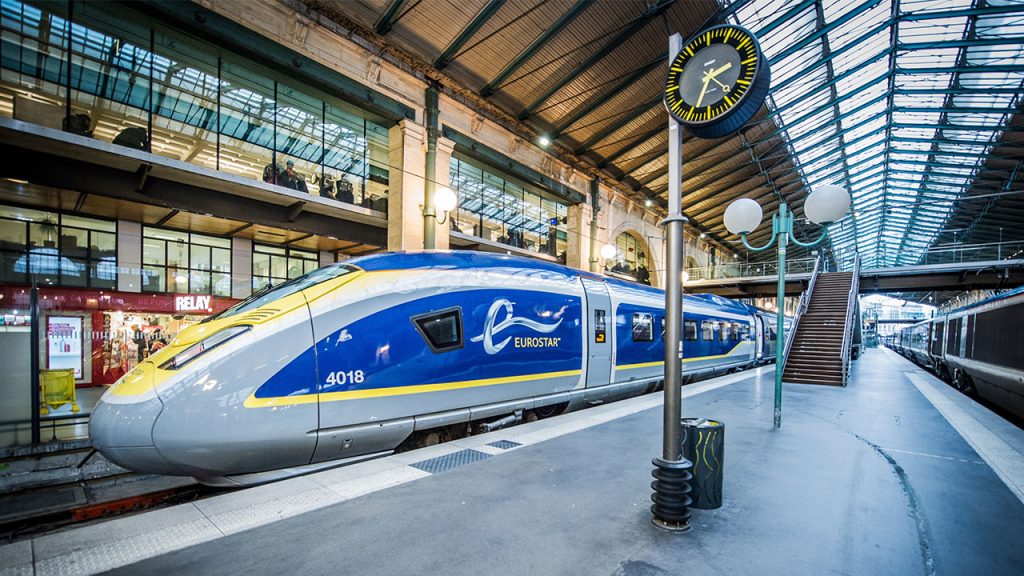
Check-in
I was advised to arrive an hour before departure, and even though it’s busy, I’m through security and passport control in 10 minutes. There’s a rush for the ramp 20 minutes before departure, and up at the platform the gleaming Eurostar sits amid the grandeur of this railway station temple. Right on 9.01am, we’re moving!

Trip 1: London to Brussels
The Eurostar remains impressive, with comfy seats and generous legroom, a baggage allowance of two suitcases and no weight limits. When breakfast is served to my Premier seat, the fruit is fresh, and the croissant is crispy.
The train reaches speeds of 300 kilometres per hour, so within 35 minutes of leaving London, we’re in the Channel Tunnel. Twenty minutes later, we emerge into light and a girl behind me announces, “we’re in France!”
After crossing into Belgium, the train arrives at Brussels Midi two hours after leaving London at 1205 pm – you lose an hour into Europe. I figure 20 minutes for the changeover to the 1225pm Cologne train will be plenty, but that assumption dissolves when I see only one person stamping the tickets of the disembarking passengers.
With the minutes fast counting down, I say ‘pardon’ over and over as I push my way to the front of the line, get stamped, race three platforms over, drag my bags up the stairs and jump aboard the Intercity Express (ICE) as the doors close behind me.
Picture: John Burfitt
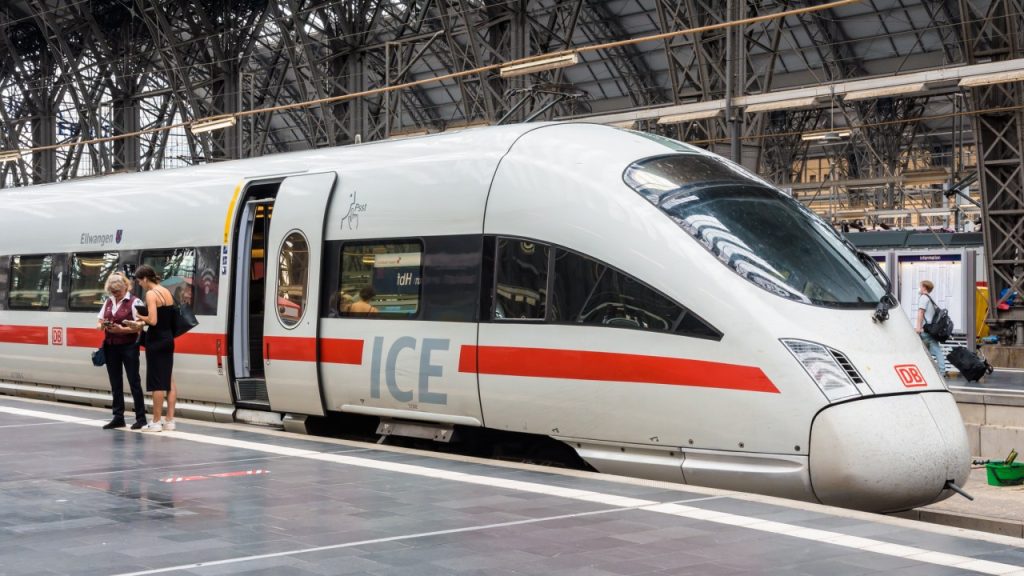
Trip 2: Brussels to Cologne
The ICE is a German high-speed train that can travel 300 kilometres per hour and provides links to German regional cities like Cologne. The baggage allowance is again two suitcases and the spacious seats, while a different standard to the Eurostar, are good.
The train stops regularly and while it’s busy with people getting on and off, there’s plenty of spare seats and a good sized dining car with a friendly crew. I have the delicious chicken focaccia for lunch.
Grabbing a spare corner, I get some work done with strong Wifi throughout the journey. It’s a smooth ride and, with German efficiency, we arrive in Cologne on schedule at 215pm. This time it’s 30 minutes between trains, so I’m convinced the changeover will be smoother. Famous last words.
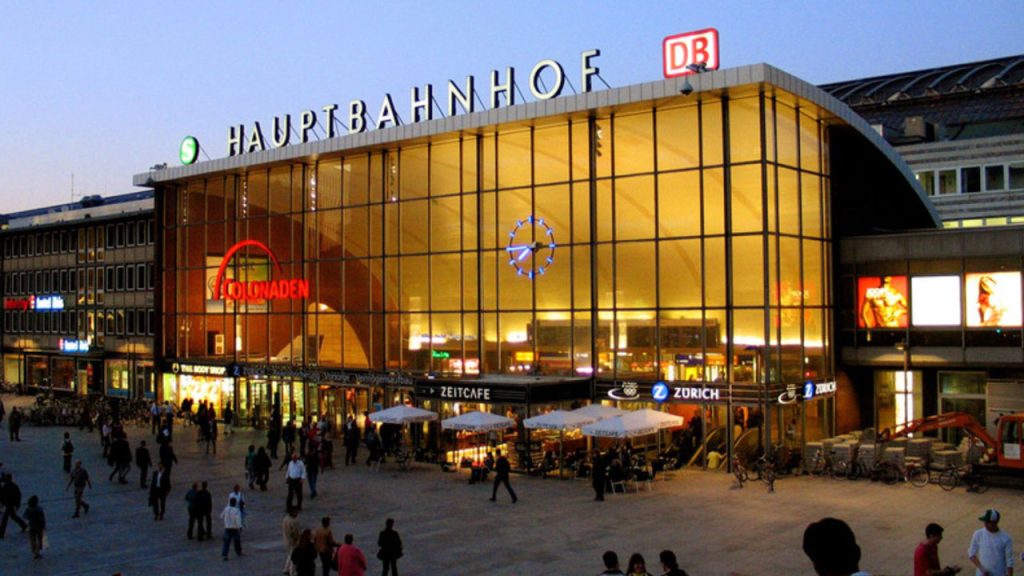
Trip 3: Cologne to Berlin
With the Berlin-bound third leg train, another ICE, delayed, then delayed again by an hour, this is when the trip went a little off the rails. On the platform, a guard warns me seat reservations have also been wiped, so unless I get a seat, I could be standing the four hour trip to Berlin.
When the 245pm train does arrive just before 4pm, I move between the crowded carriages to locate an empty seat, only to learn not all seat bookings have been wiped. A friendly attendant asks me to move from my first seat, and later I have to move again, but he finds me a new seat both times.
Travelling across central Germany, the train moves in fits and starts, sometimes slowing down, other times stopping completely for long periods. Heading to the crowded dining car, the crew are far from friendly, and many menu items have run out.
While the previous two legs had been a smooth adventure, this final trip drags on as a stop-start journey until arriving at Berlin’s Hauptbahnhof (Central Station) at 8pm – 10 hours since farewelling London and an hour later than scheduled. Even so, just being in Berlin is a prize.
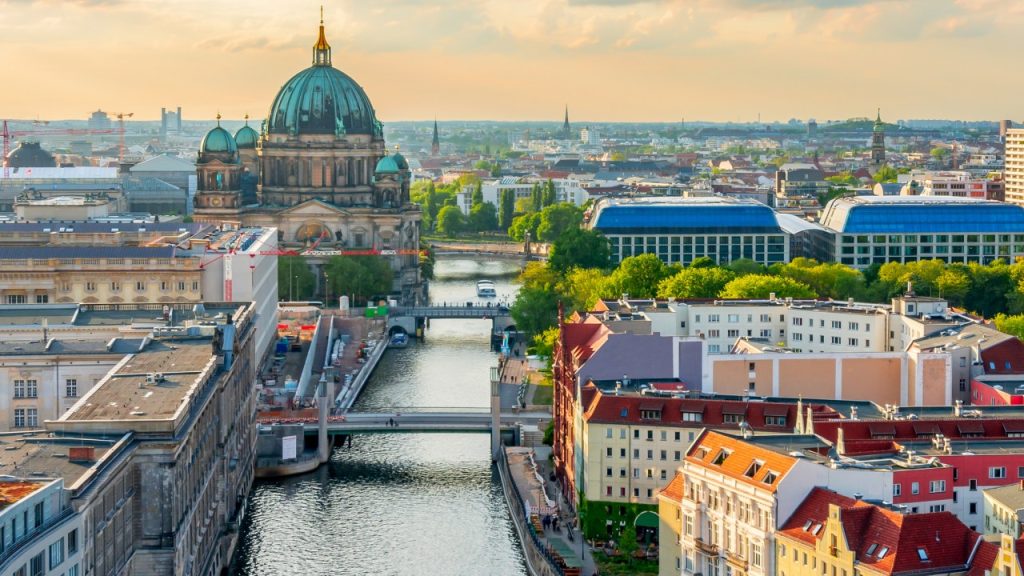
The verdict
This was a wonderful day trip escapade connecting two of my favourite cities by 1100 kilometres of train tracks and passing through four countries in a half day. It won’t suit those in a hurry, but delays and all, it still took only a few hours longer than the flying experience, was far more comfortable, and offered superb views along the way.
Having now done this route, next time I want to try the journey out of London that connects in Paris for the planned new direct route to the German Capital, or on the overnight sleeper train from Brussels to Berlin. I’ll be sure to pack my pyjamas.
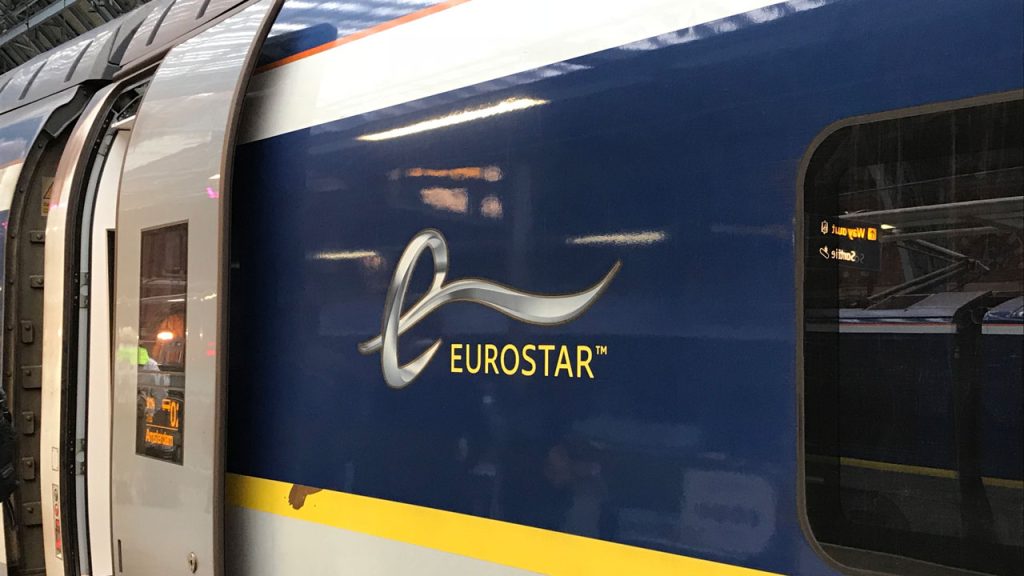
Travel notes
Fares for a London to Berlin by rail start from $243.
A Eurail Global Mobile Pass covers the same route and offers additional unlimited travel from $358.
